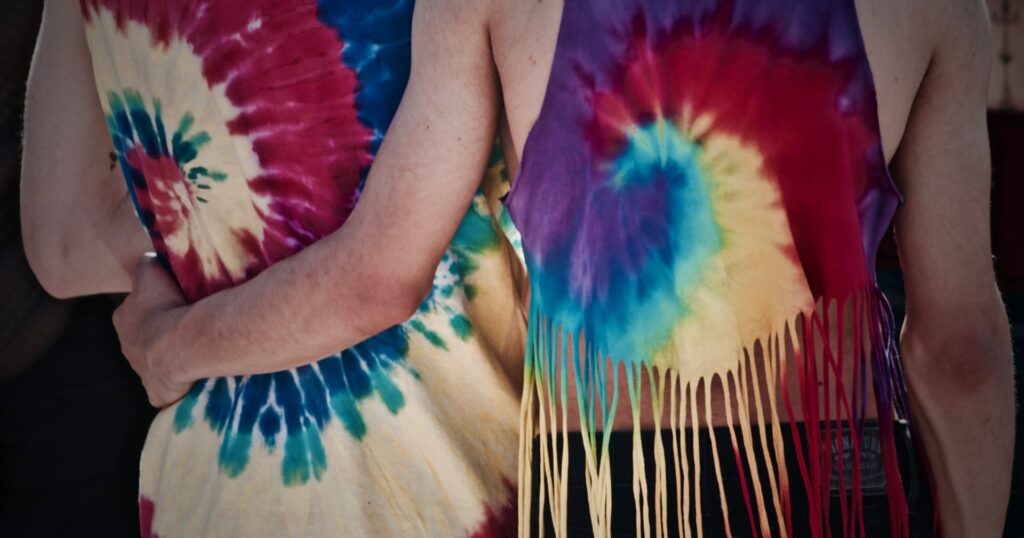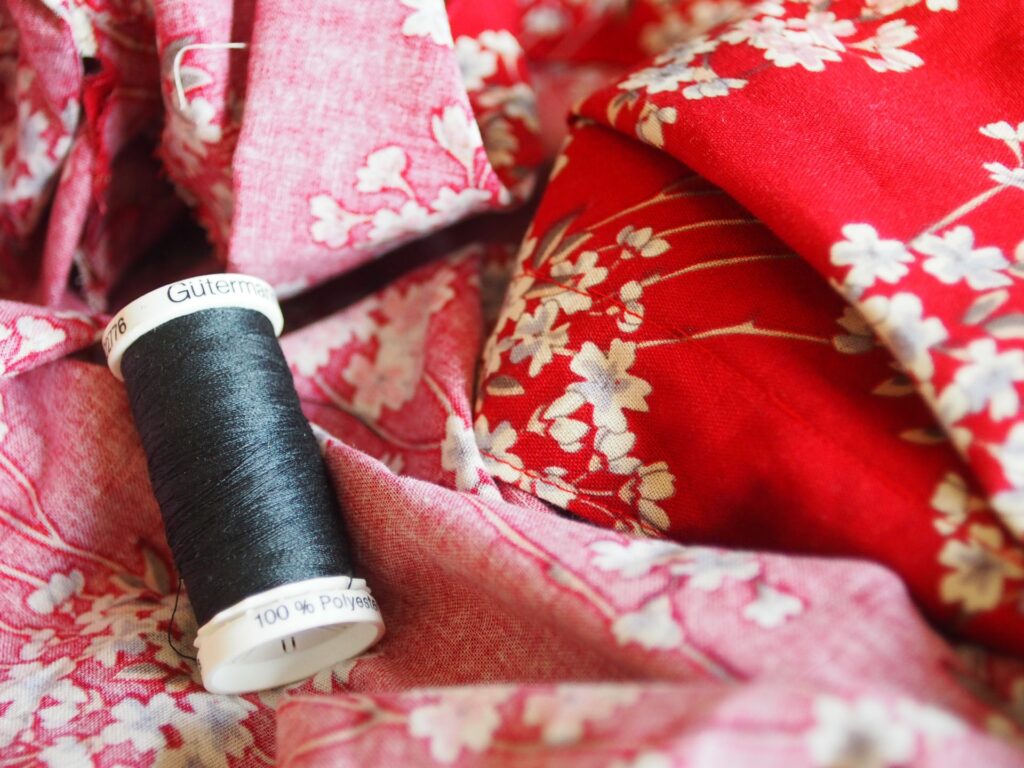Maybe you’re moving house or perhaps you’ve just run out of hangers – we all get to a point where a closet clean out is unavoidable. We’ve got some ideas to help you do it in a eco-friendly way.

It might be tempting to just chuck worn items or clothes you no longer wear in the trash. But clothes left to decompose in landfill sites can release methane – a greenhouse gas – or leach chemicals into waterways.
The good news is there are many other options for your clothes.
Here’s how to have a minimum-waste clear out with ideas for clothes in good condition, items that are a little worn, and stuff that’s reached the end of the line.

For clothes in good condition
Clothes in good condition can be given away to friends or family, sold or rented, or donated to a charity store or shelter.
Swap with friends
Organise a clothing swap with friends – make an evening of it with drinks and snacks. A whole new wardrobe for free. What’s not to love?
Sell unwanted gear
Websites such as eBay make it super easy to securely sell your unwanted clothes.

Rent your best stuff
If you’re not quite ready to let go of an item, another option is to rent out certain pieces – occasion dresses and smart suits are perfect for this. Search available platforms – such as peer-to-peer rental service Tulerie – in your part of the world.
Alter items that don’t fit
If something no longer fits, it may be possible to alter it by having the waist band taken in or the seams let out. Unless you’re handy with a sewing machine, your best bet is to take it to a tailor.

Donate to charities
Donate clothes in good condition to charity shops for resale or shelters for vulnerable adults and kids.
SOP TIP: Charity shops get heaps of clothes that have holes, stains or are dirty – don’t be that person! Donate items that are in a clean, wearable state – if you’re getting rid of something because it’s too worn for you, don’t donate it.
Return to store
Some brands have schemes for returning used items. When you return Patagonia gear to their stores, the items are cleaned, repaired and resold on their second-hand site Worn Wear. You get Worn Wear credit when you hand in your used items, too.
For clothes that are lightly worn or stained
Clothes with holes or stains can be repaired or transformed to extend their life.
Fix ’em up
Holes and tears needn’t mean your clothes are destined for the bin. Check out our piece on how to DIY.
Or you can take your worn items to your local tailor for a quick, professional – and usually very affordable – fix.
Transform something old into something new
If you don’t like the look of patches, jeans with holes in the knee can be transformed by chopping off the legs to make cut-off shorts. (See how to dispose of the fabric below.)
Dye fabrics for a new look
Many stains can be treated at home. You might be able to bleach out a mark or discolouration or dye your garments to give them a whole new lease of life.

For clothes that are heavily worn
Ok, so some of your clothes may be past salvaging.
Repurpose
Stained or worn-out fabrics can be cut up for cleaning rags, if it saves your buying more cloths.
There are loads of other ways to repurpose old clothes if there’s enough fabric to work with – think of anything that requires cloth, from pillowcases to tote bags. Get creative!

Recycle
Then as a last resort there’s recycling.
Recycling options differ from place to place. Some countries have mixed fabric recycling bins in communal areas (supermarket carparks, for example). Elsewhere, private companies might organise pick-ups or drop-off points. Make sure your clothes are clean and fully dry before you send them off for recycling.

Several clothing brands have schemes that allow people to drop their used clothes and they’ll either reuse the materials for their own products or recycle what can’t be used, often in return for store credit. One example we love: Madewell takes any used denim and repurposes it as housing insulation.
Let us know your tips for reusing clothes in the comments!
Sources
BBC, Why clothes are so hard to recycle
Council for Textile Recycling
Planet Aid, A Peek Inside a Landfill

